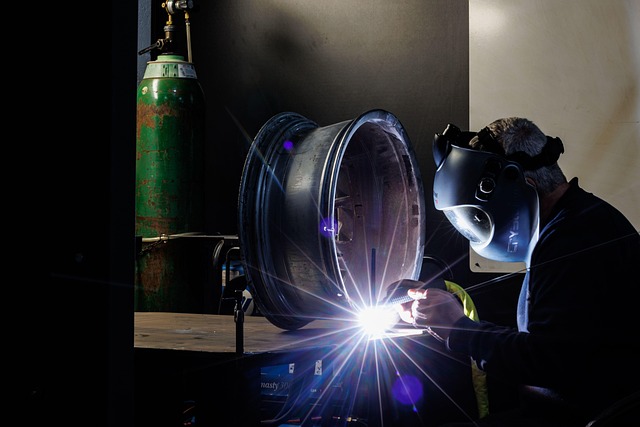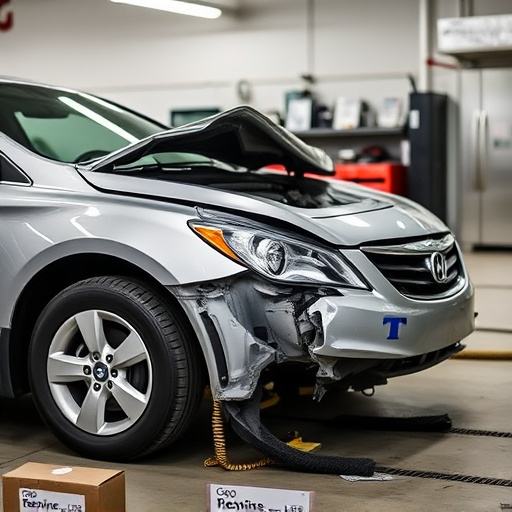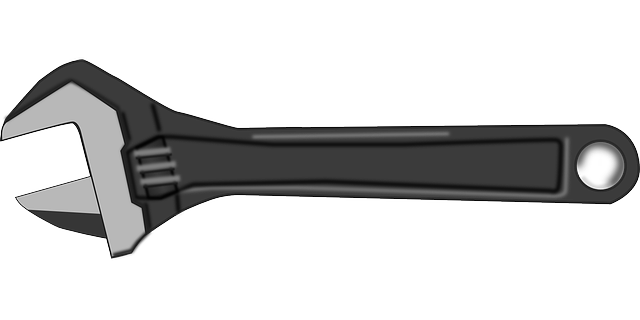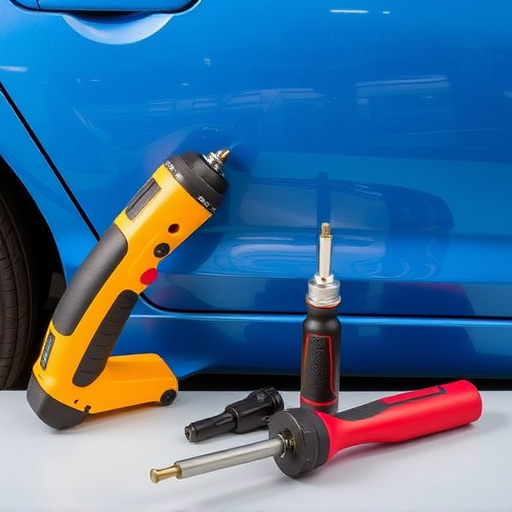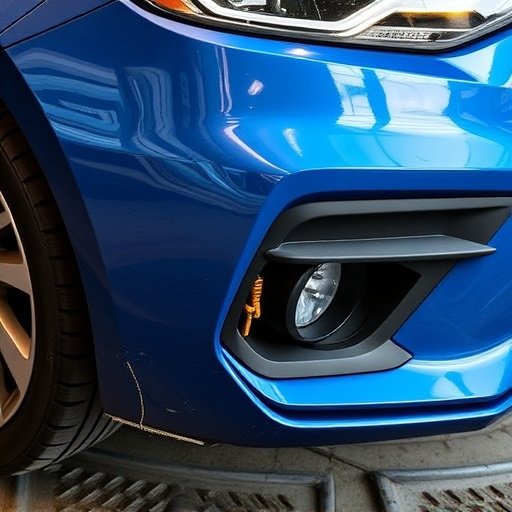The Tesla Body Computer, a central command center managing critical vehicle functions, requires resetting after significant modifications like new audio or lighting systems. Any issues with this complex system can affect multiple vehicle functions, necessitating a meticulous approach during repairs or aftermarket accessory installations. Common causes of Tesla body computer resets include changes in electrical signals from new components and compatibility issues. A straightforward reset process involves locating the computer (usually under the dashboard), disconnecting accessories, then using a specialized tool or official Tesla guide to power cycle or hard reset it via diagnostic scanner, with hard resets recommended post-accessories for optimal system settings.
Tesla vehicles are renowned for their advanced technology, and at the heart of this innovation lies the Tesla Body Computer—a sophisticated system managing various functions. When installing accessories, however, it may require a reset to ensure optimal performance. This article delves into the intricacies of the Tesla Body Computer, explains common reasons for resets post-accessory installation, and provides a detailed step-by-step guide to help owners successfully perform this task.
- Understanding Tesla's Body Computer: A Central Hub of Functionality
- Reasons for a Tesla Body Computer Reset After Accessory Installation
- Step-by-Step Guide: Performing a Successful Reset on Your Tesla's Body Computer
Understanding Tesla's Body Computer: A Central Hub of Functionality

The Tesla Body Computer acts as a central nervous system for your vehicle’s myriad functions. Acting as an intermediary between various components, it manages and controls everything from steering and braking to infotainment and driver assistance features. This advanced technology is designed to ensure optimal performance and a seamless driving experience. However, with the addition of accessories, this intricate network can sometimes require resetting for proper functionality. A Tesla body computer reset becomes necessary when after installing new components, like advanced audio systems or custom lighting, the vehicle’s system needs to recalibrate itself.
Understanding how these computers operate is crucial for anyone looking into Mercedes Benz repair or vehicle restoration. Unlike traditional systems with separate modules, the Tesla Body Computer integrates all functions into a single, unified unit. This allows for enhanced communication between different systems and results in a more efficient, coordinated performance. However, this interconnectedness also means that any malfunction or misalignment can impact various aspects of the vehicle, necessitating a meticulous approach when performing tasks like collision center repairs or installing aftermarket accessories to ensure the Tesla body computer remains in harmony.
Reasons for a Tesla Body Computer Reset After Accessory Installation

After installing accessories in your Tesla, you might experience a reset of its body computer, also known as the vehicle’s brain. This unexpected development is not uncommon and stems from several factors. One primary reason could be the alteration in electrical signals caused by new components or modifications. Accessory installations, especially those involving added power sources, can disrupt the car’s original wiring, prompting the body computer to reset itself to ensure optimal performance and safety.
Another potential trigger for a Tesla body computer reset is compatibility issues. Not all accessories are designed with Tesla’s intricate systems in mind, leading to communication problems between the new hardware and the vehicle’s network. Moreover, improper installation techniques can also cause short circuits or power surges that force the computer to reboot, highlighting the importance of following manufacturer guidelines and seeking professional auto repair shop assistance when necessary, similar to how a car dent repair expert addresses aesthetic issues.
Step-by-Step Guide: Performing a Successful Reset on Your Tesla's Body Computer

Performing a Tesla body computer reset is a straightforward process that can be completed in just a few simple steps. First, ensure your vehicle is parked and turned off, with all accessories disconnected. Next, locate the Tesla’s body computer, typically found under the dashboard or within the car’s interior. Using a specialized tool or following an official Tesla guide, initiate the reset procedure. This may involve pressing and holding specific buttons for a certain duration to trigger the system’s diagnostic mode.
Once in diagnostic mode, you can either perform a soft reset by simply turning off and on the vehicle, or a hard reset by connecting it to a compatible diagnostic scanner. A hard reset is often recommended after accessory installations like paintless dent repair or auto body painting services, as it ensures all system parameters are returned to their optimal settings. This process can help prevent any potential interference or glitches caused by recent car bodywork services and restore your Tesla’s body computer to its original state.
After installing accessories in your Tesla, it’s not uncommon to experience disruptions in the vehicle’s functionality due to potential compatibility issues. A Tesla body computer reset can be a game-changer here. By following a simple step-by-step guide, you can efficiently perform this reset, ensuring your Tesla’s central hub—the body computer—reinitializes and operates seamlessly with all installed accessories. This process is a quick and effective solution to any connectivity or functionality problems arising from accessory integration.
